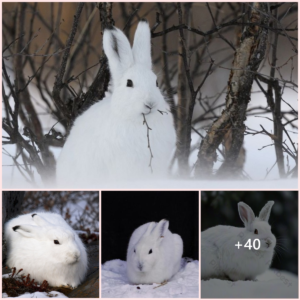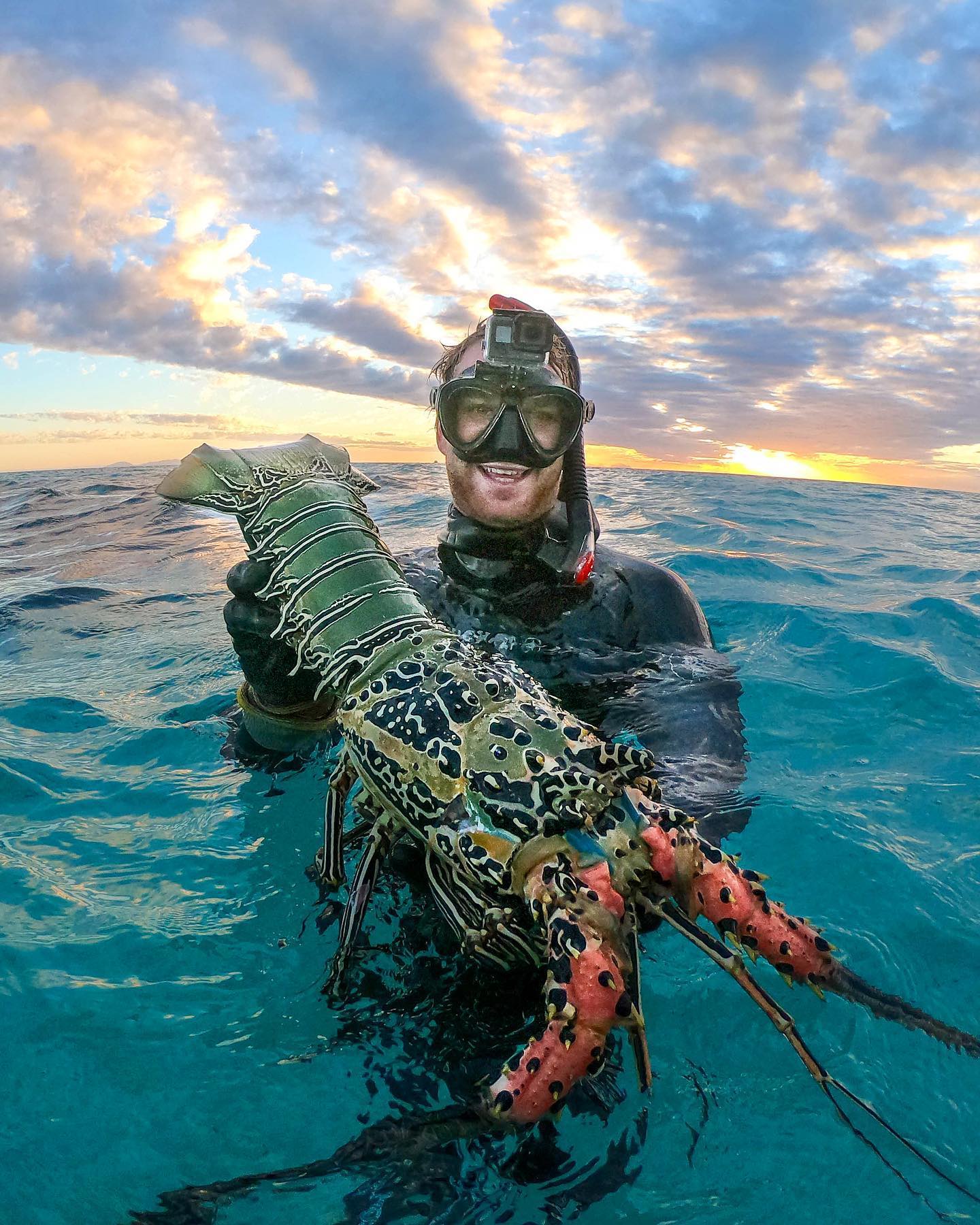
Panulirus ornatus, also known as tropical rock lobster, ornate rock lobster, ornate spiny lobster, and ornate tropical rock lobster, is a large edible spiny lobster that has been successfully bred in captivity. This species has a wide geographical range, from the Red Sea and KwaZulu-Natal in the west to Japan and Fiji in the east. Panulirus ornatus can be found at shallow depths, typically no deeper than 50 m. While in most parts of its range, the lobster is netted or speared, in Northeast Australia, a commercial fishery has existed since 1966, and the harvesting of the species is regulated by the Great Barrier Reef Marine Park Authority. The species has also invaded the Mediterranean as a Lessepsian migrant through the Suez Canal.
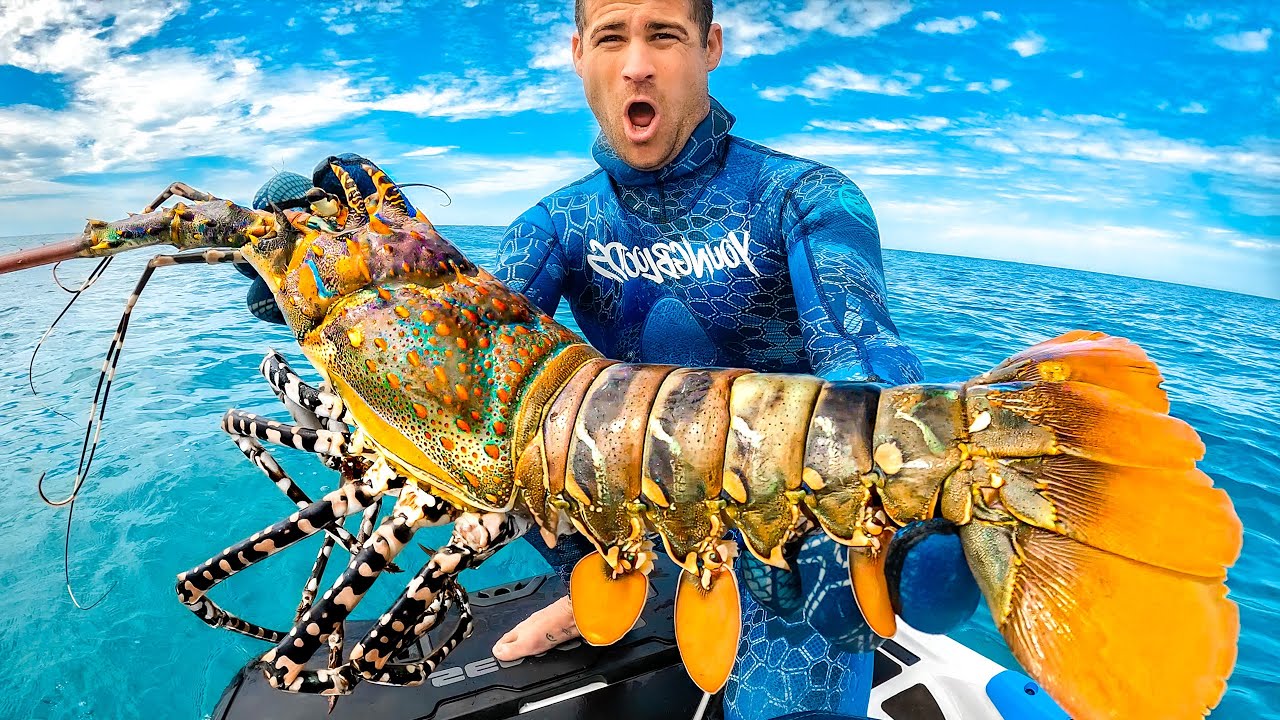
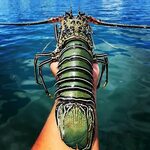
The diet of Panulirus ornatus consists of a variety of invertebrates, including bivalves, gastropods, and small crustaceans. These lobsters depend on carotenoids for energy as well as other functional benefits, including reproductive success, post-larval development, antioxidants, and stress resistance. Many of these lobster species rely on crustacean feeds upon breeding in an aquaculture facility. Within these feeds, one of the most important components is carotenoids, specifically astaxanthin. Many feeds also rely on nutrients from blue and green-lipped mussels, but experiments have shown that the carotenoid level offered from these feeds alone is not sufficient for the lobsters’ development.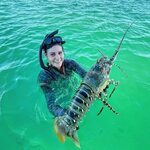
Panulirus ornatus migrates annually from the Torres Strait to Yule Island in the Gulf of Papua in order to breed. Migration begins in mid to late August, during which ovary development, mating, and initial oviposition occur. Larval release occurs when the Panulirus ornatus population ends migration and arrives on the reefs of the eastern seaboard of the Gulf of Papua. The breeding season for Panulirus ornatus stretches from November to March or April. After migration to the Gulf of Papua, the sexes segregate by water depth. Males enter shallower water, and females enter deeper water until the eggs have hatched. Female Panulirus ornatus produce up to three broods, with a reduction in size of each subsequent brood. Most breeding adults are three years old, and after breeding, there is high mortality in breeding adults.
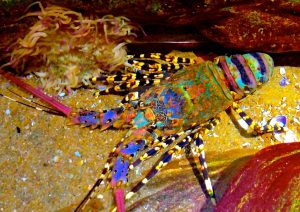
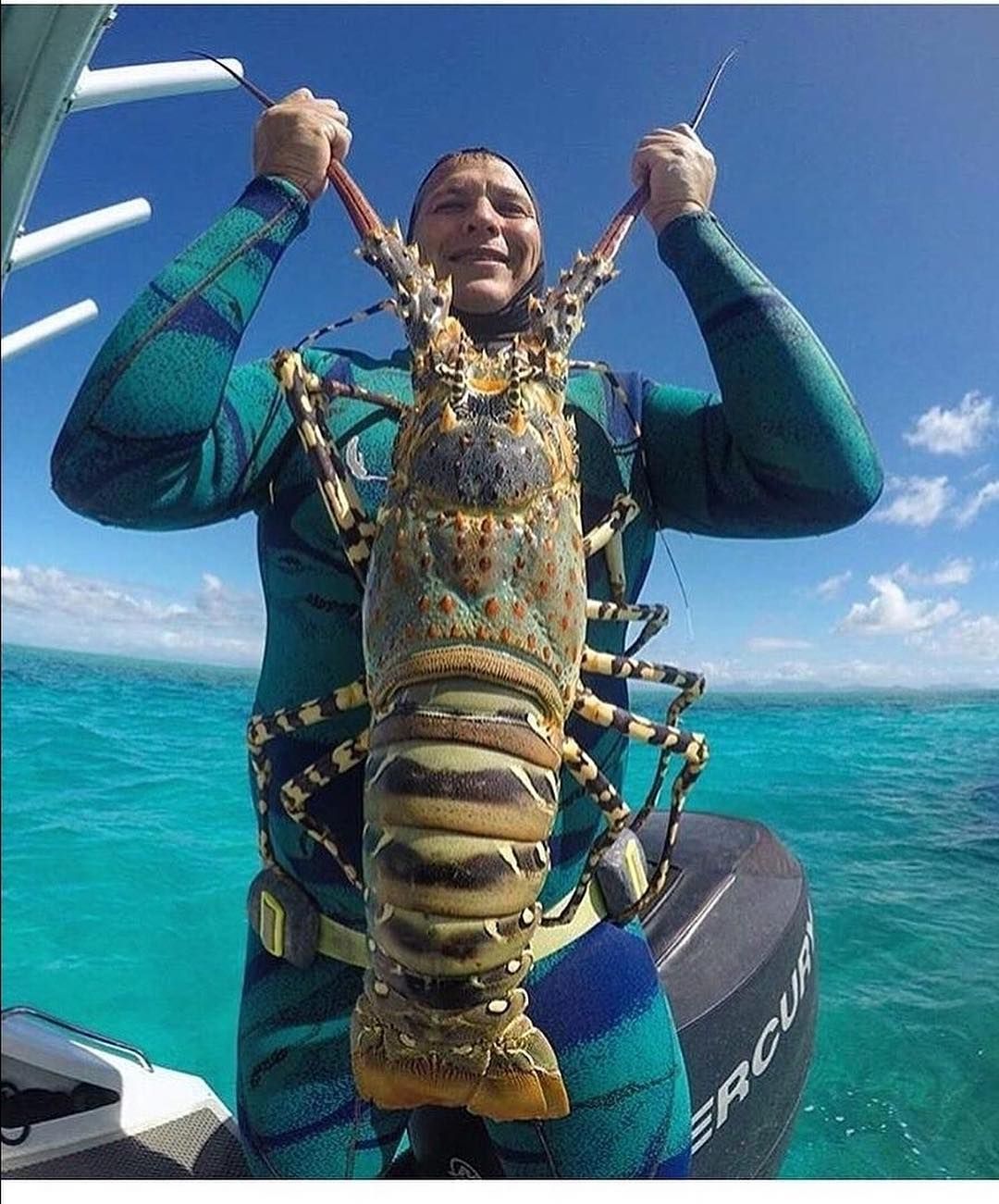
There is no return migration of breeding adults. Reproductive migration across the Gulf of Papua occurs in order to disperse larvae in oceanic currents that favor their distribution near the Torres Strait. Dispersed throughout the eastern coast of Australia, Panulirus ornatus larvae must migrate as juveniles to the adult habitat in the northern Torres Strait. From there, they remain in a specific reef complex for 1–2 years until they are of breeding age and undertake the annual mass migration to breed.
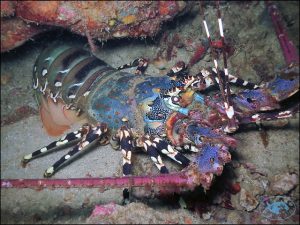
Panulirus ornatus has been successfully bred in captivity, and this can have important implications for the conservation and management of wild populations. Captive breeding can provide a source of lobsters for aquaculture, which can reduce the pressure on wild populations. Moreover, captive breeding programs can be used to develop techniques for the rearing of larvae, which can be challenging. This can also help in the restoration of depleted populations in the wild. The ability to rear and breed Panulirus ornatus in captivity can also lead to the development of a more sustainable and efficient lobster industry.
In conclusion, Panulirus ornatus is a large, edible spiny lobster that has a wide geographical range in the Indo-Pacific. The species can be found at shallow depths, typically no deeper than 50 m, and is commercially harvested in Northeast Australia. The diet of this species consists of a variety of invertebrates





